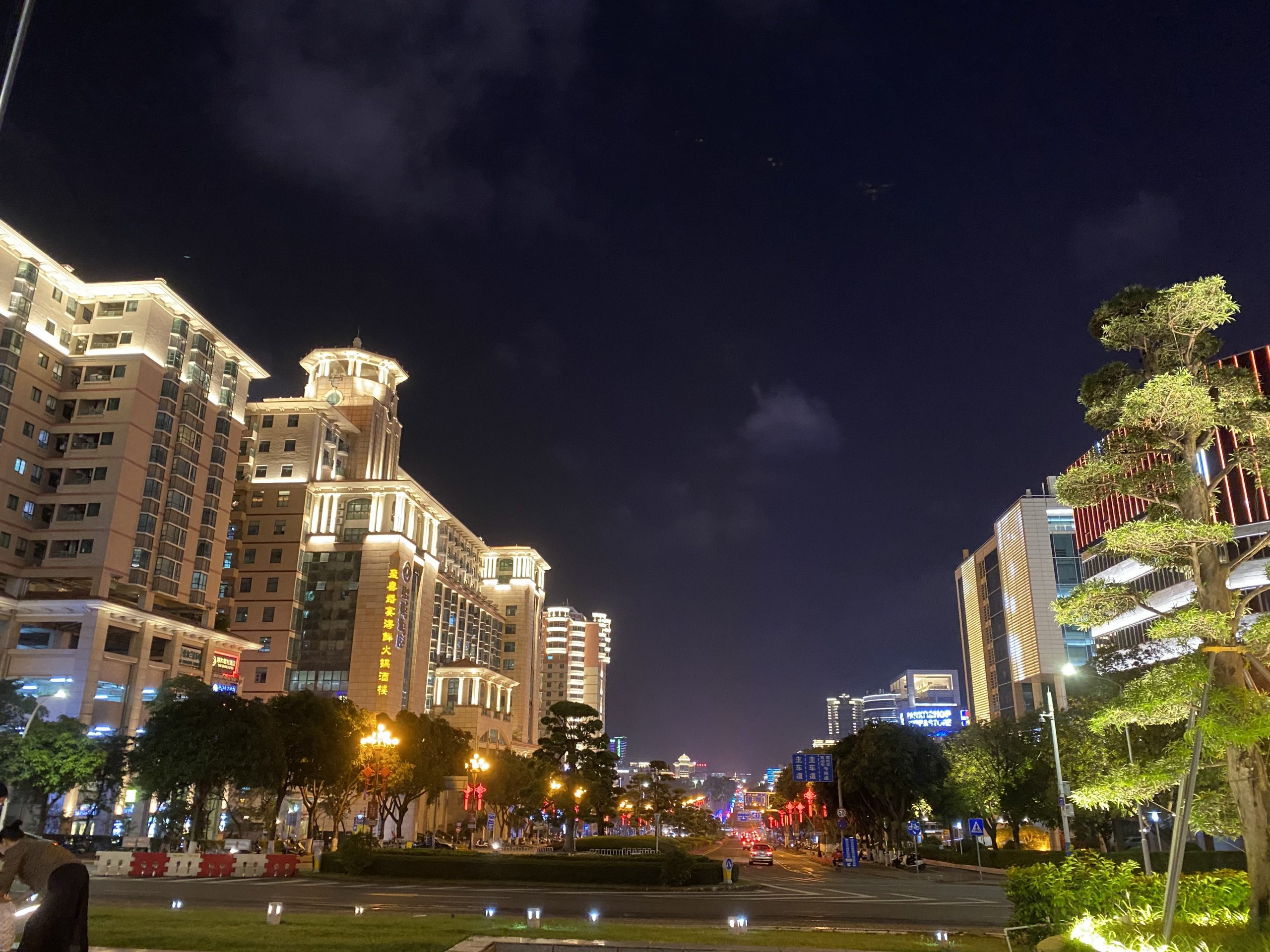Guangdong Province

Guangdong (Ch. 广东) is a province located in South China, on the northern shore of the South China Sea. Guangdong is the most populated province in China, as well as the most economically prosperous.
Read more
With its warm weather, the province is able to grow up to 300 types of fruit, including watermelon, which is featured in the song on our website! Although Mandarin is the official state language throughout China, the Cantonese language originated from Guangdong. Cantonese is predominantly spoken in the province, although new pressures language standardization in the education system are contributing to language shift in younger generations. Cantonese has more than 80 million native speakers, and due to the widespread migration of Guangdong people, it is spoken by many Chinese communities worldwide.
Kaiping City
Kaiping is a city in Guangdong province, located west of the Pearl River Delta. The Siyi language is spoken in Kaiping. Siyi has an estimated 3.9 million speakers, and is part of the Yue language family, along with Cantonese, the major language of Guangdong province. The name “Siyi” literally means “four counties,” and refers to four historical population centres near the base of the Tan river (Jiangmen Prefecture). Linguists have documented six different varieties of Siyi.
Traditionally, local speakers of Siyi from Kaiping learned the lyrics to a genre of songs called “Muyu” (Ch. 木鱼) from books. Muyu specialists could be hired to perform in costume for an audience of villagers. There is a saying, “One wants to listen to Muyu, but doesn’t want to measure rice” (木鱼想听,米又不想量). This saying refers to the fact that Muyu singers often required payment in the form of rice in exchange for their songs.
Shiqiqu Subdistrict
Shiqi is a district of Guangdong province in southern China that includes the city of Zhongshan. Zhongshan is one of the few cities in China that is named after a person, Sun Zhong Shan (孫中山) or Sun Yat-sen. Sun Zhong Shan was a Chinese doctor and political philosopher. He led the Chinese Nationalist Party, and served as its premier from 1919-1925.
The district of Shiqi is home to a distinctive variety of Cantonese, known as Shiqiwa (Ch. 石岐話). There are estimated to be roughly 160,000 speakers of Shiqiwa, located in Shiqi district as well as the nearby cities of Guangzhou, Macau, and Hong Kong. Some speakers of Shiqiwa have even moved to Canada!
Guangxi Zhuang Autonomous Region (GZAR)
Guangxi (Ch. 广西) is an autonomous region in southern China, located west of Guangdong (Ch. 广东). In the past, the area encompassing Guangxi and Guangdong was known collectively as Guangzhou (Ch. 广州). During the Song dynasty, two separate systems of governance were built in Guangzhou province: one located in the west(西), and one in the east(东). The result was the separation of Guangzhou into the two provinces of Guangxi and Guangdong (today, Guangzhou is the name of a city in Guangdong.)
Read more
The website contribution related to Guangxi is sung in southwestern Mandarin (Ch. 西南官话). The song is attributed to Liu Sanjie (Ch. 刘三姐), a legendary Chinese folk singer who is referenced as early as the Song Dynasty (1127-1279). Liu Sanjie is recognized as a member of the Zhuang ethnic group (Ch. 壮族). Today, the Zhuang people form a community of 18 million people, and speak a language also known as Zhuang (Ch. 状语). While Guangxi is the homeland of a number of diverse ethnic groups who speak diverse languages, southwestern Mandarin is spoken frequently, especially in urban areas.
Wenzhou City
Wenzhou (Ch. 温州) is a port city located along China’s south-central coast, in Zhejiang province. Like British Columbia’s lower mainland, Wenzhou is ringed by both mountains and the sea. Wenzhou is famous for its unique language variety, Wenzhounese (Ch. 温州话). Other languages represented in Wenzhou include Hokkien and Hakka, featured on our website by speakers from Taiwan.
Read more
Wenzhounese is classified along with Shanghainese as part of the Wu language family. Wenzhounese has about 4.2 million native speakers, and is kept alive in the Chinese diaspora as well as at home. The Wenzhounese folktales on our website represent the variety of Wenzhounese spoken in Lucheng district, located in the city’s centre.
Wenzhounese is one of only five Chinese languages other than Mandarin used for broadcasting by China Radio International. Wenzhounese also maintains strong associations to local forms of artistic and cultural production. The earliest form of Chinese Opera, known variously as “Nan Opera,” “Wenzhou Opera” or “Yongjia Opera,” originated in the 12th century and was traditionally performed in Wenzhounese.